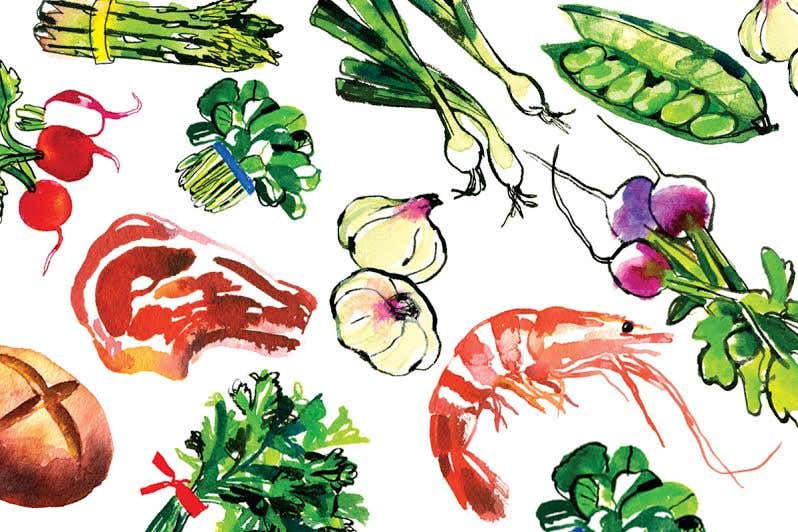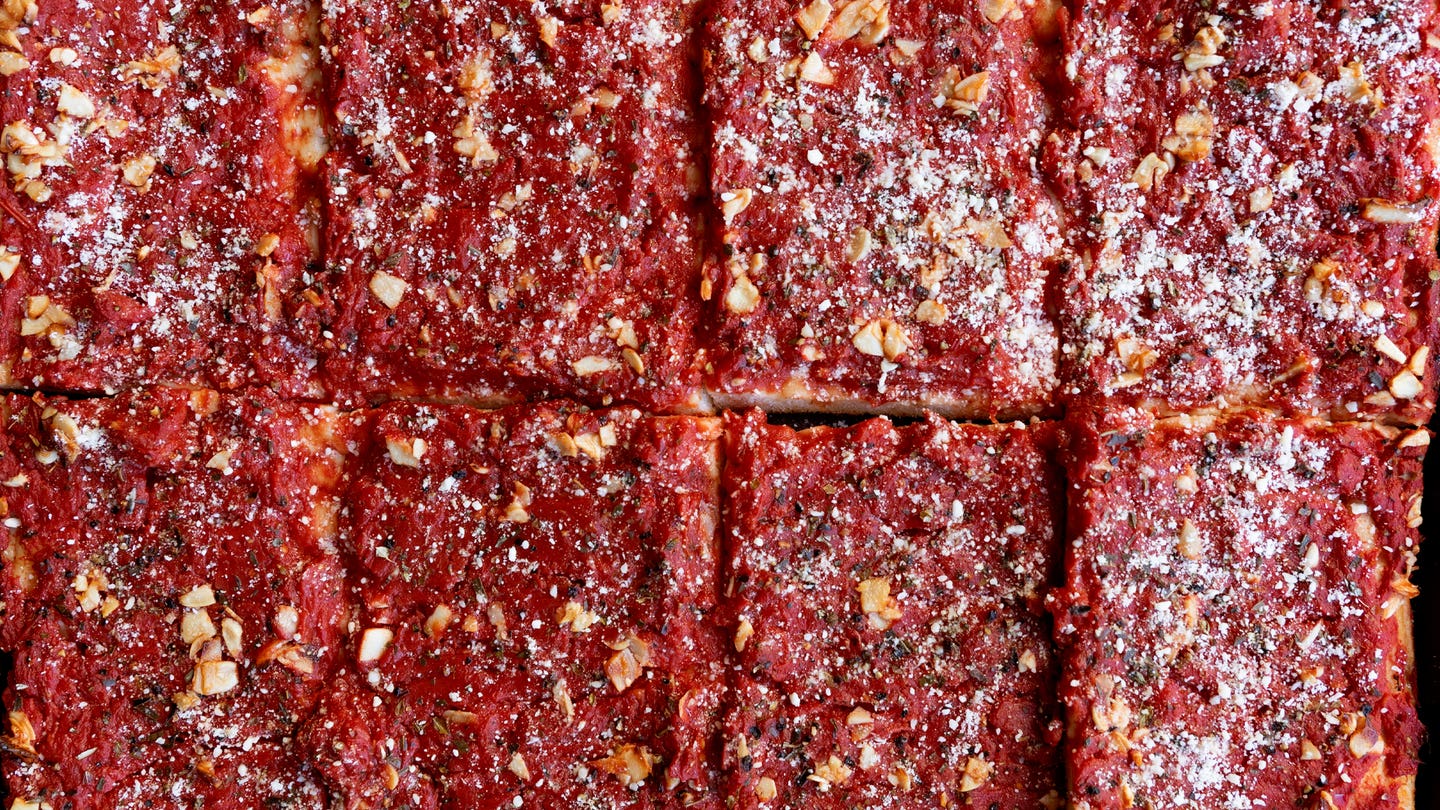
Women’s Work
For centuries, in parts of the world where dairying is prevalent, women took charge of the craft of butter making.
For centuries, in parts of the world where dairying is prevalent, women took charge of the craft of butter making. According to a popular farm husbandry guide published in England in 1615, the quintessential farmwife is a "dairy manufacturer who could milk the cows each morning, churn butter, and transform cream and milk into cheeses". Indeed, the word dairy comes from the Middle English dey, for female servant. Like the making of cheese, butter churning was a task usually conducted indoors, and, though it required considerable physical strength and stamina, it thus fell firmly in the domestic sphere in most cultures. So valued were a woman's butter-making skills in pre-industrial England, notes the historian Margaret Visser in her book Much Depends on Dinner (Macmillan, 1986), that prospective brides in rural parts of the country were judged by brawn more than by beauty. "In one village," she writes, "it was traditional for a young girl to lift the immensely heavy lid of the parish chest with one hand, to show how desirable she was."
Industrialization changed all that. By the end of the 19th century, butter making had largely become factory work, and while some dairymaids, as the female members of a dairy-farming household were often referred to in general parlance, tried to apply their skills in big, urban creameries, men soon took over their positions. Yet today it seems we've come full circle. "Women in the United States are spearheading the interest in artisanal butter production," says Allison Hooper, a founder of Vermont Butter & Cheese Company.
Keep Reading
Continue to Next Story










